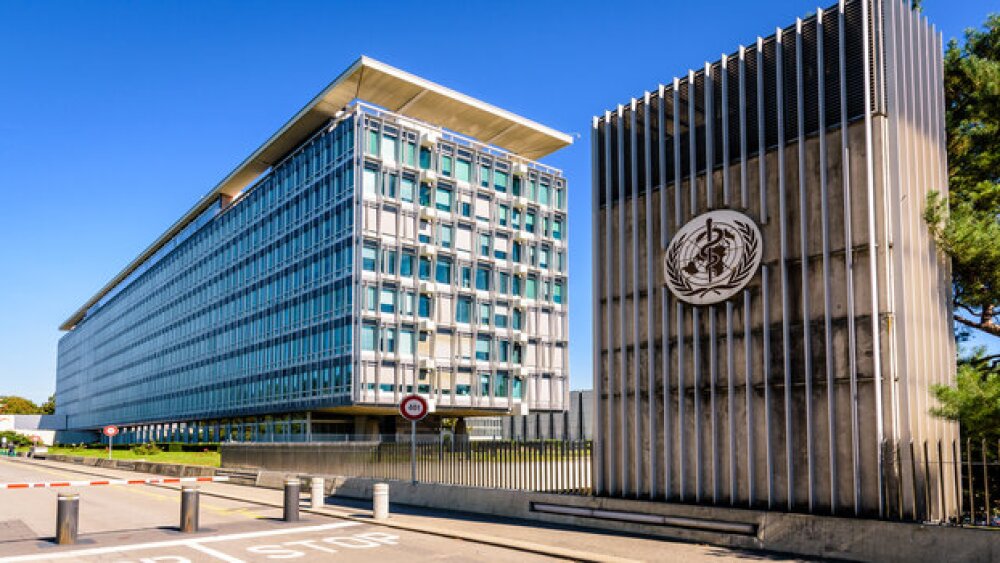Brain–computer interface company Precision Neuroscience Corporation announced the launch of two new clinical study sites, at Mount Sinai Health System and Perelman School of Medicine at the University of Pennsylvania.
New studies at Mount Sinai Health System and Penn Medicine investigate how the brain controls movement
NEW YORK, March 22, 2024 (GLOBE NEWSWIRE) -- Brain–computer interface (BCI) company Precision Neuroscience Corporation (Precision) today announced the launch of two new clinical study sites, at Mount Sinai Health System and Perelman School of Medicine at the University of Pennsylvania (Penn Medicine). These pioneering studies represent a major step forward in understanding how the brain controls movement and align closely with Precision’s commitment to transforming the lives of patients with neurological disorders.
The cornerstone of the studies is Precision's brain implant, the Layer 7 Cortical Interface, a high-resolution electrode array comprising 1,024 miniature electrodes spanning an area of 1.5 square centimeters. Embedded in a flexible film that conforms to the brain's surface, the device is engineered to record neural activity at resolutions hundreds of times finer than conventional cortical surface arrays. Its design allows for safe implantation and removal by neurosurgeons without causing harm to delicate brain tissue.
Dr. Ben Rapoport, Chief Science Officer and co-founder of Precision Neuroscience, underscored the significance of these studies in advancing both medical science and patient care. “Mount Sinai and Penn Medicine are major centers of excellence, known for spearheading advancements in neurotechnology,” Rapoport said. “Each of our partners has focused on a unique area of applied neuroscience, and each study leverages the high resolution neural data produced by our arrays to shed light on a different aspect of how the brain works.”
Advancing Scientific Frontiers at Mount Sinai
At Mount Sinai, Precision is collaborating with a team of distinguished researchers led by Dr. Ignacio Saez, Associate Professor at the Icahn School of Medicine and principal investigator of the study. This partnership aims to explore the diverse applications of high-resolution cortical surface arrays in clinical settings, ranging from intraoperative monitoring to neurocritical care.
Initial investigations at Mount Sinai have focused on functional mapping of the motor and sensory cortex using the Layer 7 array. Dr. Fedor Panov, Assistant Professor of Neurosurgery, successfully implanted the device in asleep patients undergoing intracranial procedures, mapping cortical activity at extremely high resolutions, and in two dimensions.
Saez expressed optimism about the potential impact of this research, stating, “Our ability to understand brain function and record human brain activity is often constrained by technical limitations. This new device will provide a uniquely detailed depiction of neural activity, allowing us to obtain exciting insights into how the brain generates thoughts and behavior, and how these are altered in brain disorders. I am hopeful that the insights derived from this high-resolution data will fuel the development of innovative therapeutic approaches for treating neurological and psychiatric conditions.”
The Mount Sinai study aims to enroll up to 15 patients annually.
Deciphering Neural Signals at Penn Medicine
Led by Dr. Iahn Cajigas Gonzales, an assistant professor of neurosurgery at Perelman School of Medicine at the Hospital of the University of Pennsylvania and principal investigator, the study at Penn Medicine focuses on decoding the neural signals underlying hand movement. Cajigas and his team are using Precision's Layer 7 Cortical Interface alongside motion capture technology in order to deepen scientific understanding of how the brain's motor cortex communicates with the rest of the body to produce movement.
During the study, patients undergoing awake neurosurgical procedures, such as deep brain stimulation (DBS) for Parkinson's disease, have the Layer 7 device implanted via the same burr hole through which DBS electrodes are deployed. Patients are then fitted with motion capture gloves, which can record natural reach and grasp kinematics of hand and arm movement with high precision. The patients are instructed to conduct different gesture tasks. Subsequent analysis synchronizes motion capture data with neural recordings captured by the Layer 7, enabling precise predictions of intended hand and arm movements.
The Penn Medicine study aims to enroll up to 15 patients annually.
The Layer 7 is an investigational device that is not available for sale in the United States.
About Precision:
Precision Neuroscience is working to provide breakthrough treatments for the millions of people worldwide suffering from neurological illnesses. The company is building the only brain–computer interface designed to be minimally invasive, safely removable, and capable of processing large amounts of data. To learn more about how Precision is connecting human intelligence and artificial intelligence, visit www.precisionneuro.io.
Contact: media@precisionneuro.io





